Editor of this issue: Antanas Klimas
Copyright © 1982 LITUANUS Foundation, Inc.

|
LITUANUS
LITHUANIAN QUARTERLY JOURNAL OF ARTS AND SCIENCES
Volume 28, No. 2 - Summer 1982
Editor of this issue: Antanas Klimas ISSN 0024-5089
Copyright © 1982 LITUANUS Foundation, Inc. |

|
THE ART OF ALEXANDRA V. EIVA
PHENOMENAL DUALS
Alexandra Vilija Eiva belongs to a new generation of artists whose work defies categorization as an "ism". These artists present work of varying attitudal and stylistic approaches described as eclectic in nature. In a review about AVE's work in The Grey City Journal - July, 1980 art critic Laura Cottingham writes:
"The consious acceleration of style changes in the Post War II Western art tradition has cultureburg asks: "After abstract expressionism, pop art, op art, minimal art, conceptual art, super realism, happenings, performance art, and decorative art; where do we go from here? What will define post-post modernism? ... It's eclectic.... The works of individual artists reflect a combining and reinterpreting of late modern trends, rather than a confirmation of any single stylistic approach. And all of this in the absence of anything that is "the thing".
The paintings of Alexandra Eiva... illustrate this eclectic quality. Eiva's canvases are inspired from multiple stylistic approaches, often combining the figurative and the abstract, more often obscuring the difference between the two."
At the outset one discernable characteristic of the paintings of AVE is their large size with dimensions of 7x 14 feet. Yet, very quickly one becomes involved in the visual vibrancy of the work which stems from the color intensity and painting process. Freelance art critic Larry Lundy in The New Art Examiner- December, 1981 reviews Eiva's paintings and states:
"Eiva's eye for color, texture, and style give these paintings a vibrance one seldom sees these days."
These outward features are dominant qualities of the pieces, however they do not explicate the motivation behind the paintings.
Through her work AVE seeks to engage the viewer in thinking's active process by presenting potential situations which offer the flexibility of diverse interpretations and distinction-making. It is a reaching for the possible and evoking a sense of what could be.
The paintings are essentially comprised of dualities, usually organized on the surface in opposition to each other. These dualities are based on the observations of immediate surroundings and their references point to the everyday in nature. Robert C. Peters, Chicago artist and University of Chicago professor comments:
"The provocative juxtaposition of images that is central to her paintings is unsettling in a way that is very concrete. She has created images that superficially appear to be entirely from the imagination but result in experiences that directly relate to our understanding of the phenomenal world. The directness and concrete-ness of the experience one gains from the paintings is partially a result of her serious inquiry into phenomenology and her ability to translate fundamental observations of the world into painting."
In a more descriptive manner Susan Wheeler, freelance art critic gives this account in The New Art Examiner-Summer, 1981:
"AVE paints large, lush paintings of quirky figures on matte flat grounds. The representational elements - creatures, geometric shapes, fins, feather, pattern, fork tines, pickets, spirals— and their varying treatments indicate attitudes and personalities..."
The unique quality of AVE's paintings are the varied kinds of relationships that result from the dual imagery. The nature of one against another accentuates tension in one painting, while in another piece the two components act in unison. In other works qualities of flirtation, ambiguity and deception are evoked. It is characteristic that the paintings elicit different responses from viewers. For example, Larry Lundy perceives the dual relationships in this way:
"Each of these works is contrapuntal, involving an interaction between two main "characters." Most exude sexual energy derived from a careful tension between impasto (often scraped and furrowed) and flat surfaces and between intense and subdued colors and from the subliminal recognition of her forms as they bristle, threaten, and are caught posturing. Flush Hit, with its unbridled verve spilling forth, has both the richness of a thickly-frosted chocolate cake and the eroticism of a scorpion's menacing tail ready to strike."
AVE's "phenomenal duals" demonstrate her ability to create a new order out of distinct components. The result is paintings that reel with strength and innovation.
_________________________
Alexandra Vilija Eiva received an A.B. degree from the University of Illinois-Chicago in 1976. She then continued her studies at the School of the Art Institute of Chicago and abroad in Europe. In 1980 Ms. Eiva received her MFA degree from the University of Chicago, where she was awarded the Midway Studios Prize and held a solo exhibition at the Renaissance Society - Bergman Gallery. Also at the University of Chicago from 1979 to 1980 Ms. Eiva was the Midway Studios Gallery Director - responsible for the curatorship and administration of exhibitions and other art events.
She has given solo exhibitions in Chicago at Three Illinois Center, 1981; Galerija, 1981 and The Renaissance Society-Bergman Gallery, 1980. Her group exhibitions are numerous among them are: The 76th Exhibition by Artists of Chicago and Vicinity at The Art Institute of Chicago; 4/4 Illinois Invitational at ARC, Artemisia, N.A.M.E. and West Hubbard Galleries, Chicago; Hyde Park Art Center, Chicago; "Some Girls"-III, Chicago; Čiurlionis Gallery, Chicago; Mitchell Museum, Mt. Vernon, Illinois; West Hubbard Gallery, Chicago, Beverly Art Center, Chicago; etc.
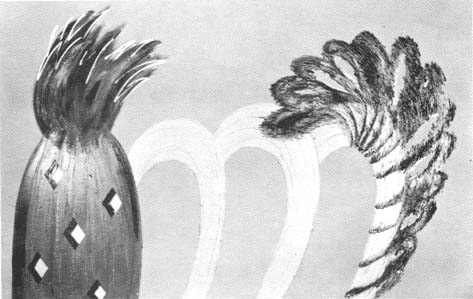
"Knowing/Doing II", 1981, oil, 4'1" x 6'4".
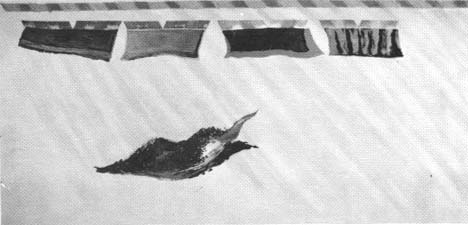
"Ends with - - - - - ing", 1980, oil, 7' x 14'10".
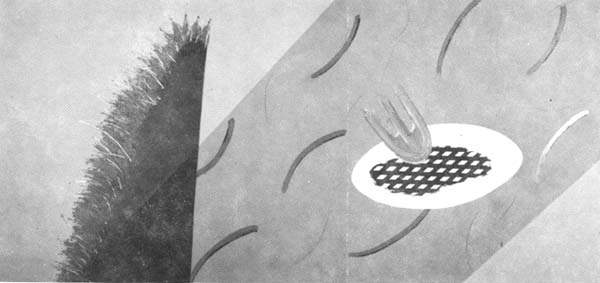
"Depending On You", oil, 7' x 14'8"
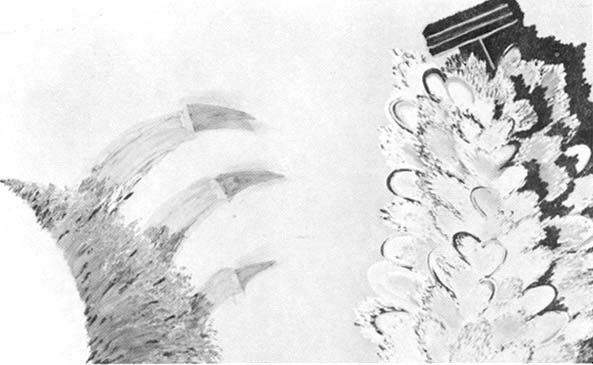
"Fluch Hit", 1981, oil, 4'1" x 6'4".
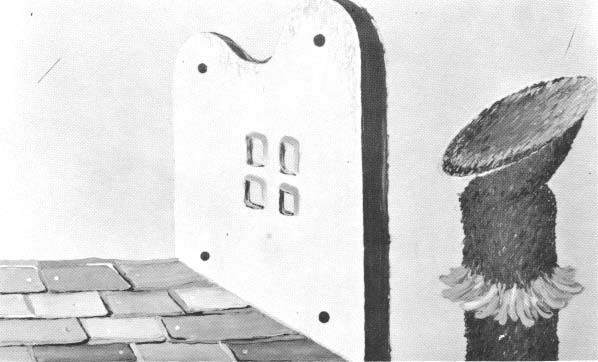
"The Word's Been Passed", 1981, oil, 4'1" x 6'4".
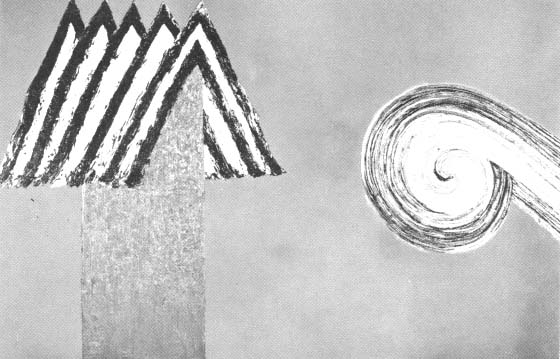
"Knowing/Doing III", 1981, oil, 4'1" x 6'4".
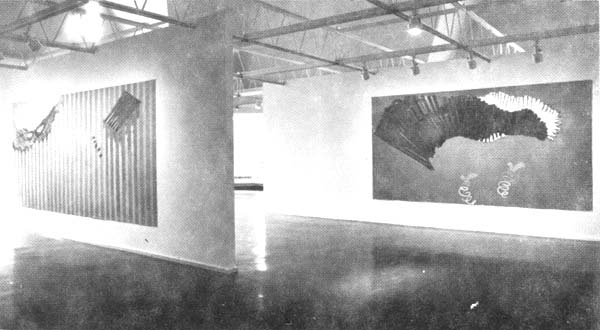
Renaissance Society - Bergman Gallery, The University of Chicago. Installation view of 1980 solo exhibition.
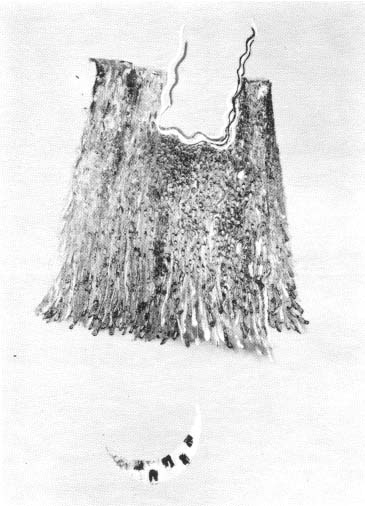
„Yielding To Contest", 1981, oil, 7'9" x 5'7".
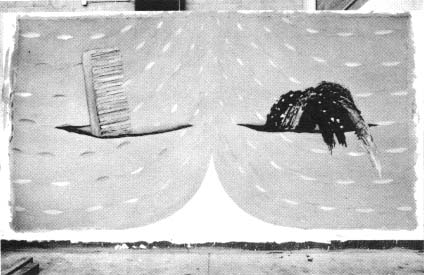
Studio view of „Or Never Really Seen, But Always Watching", 1980, oil, 7' x 13'5".
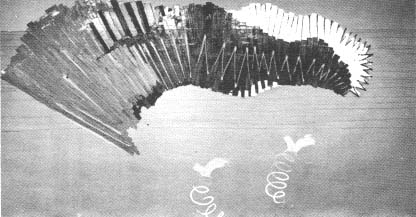
"Gaming with Frontiers," oil, 7' x 13'3", 1980.